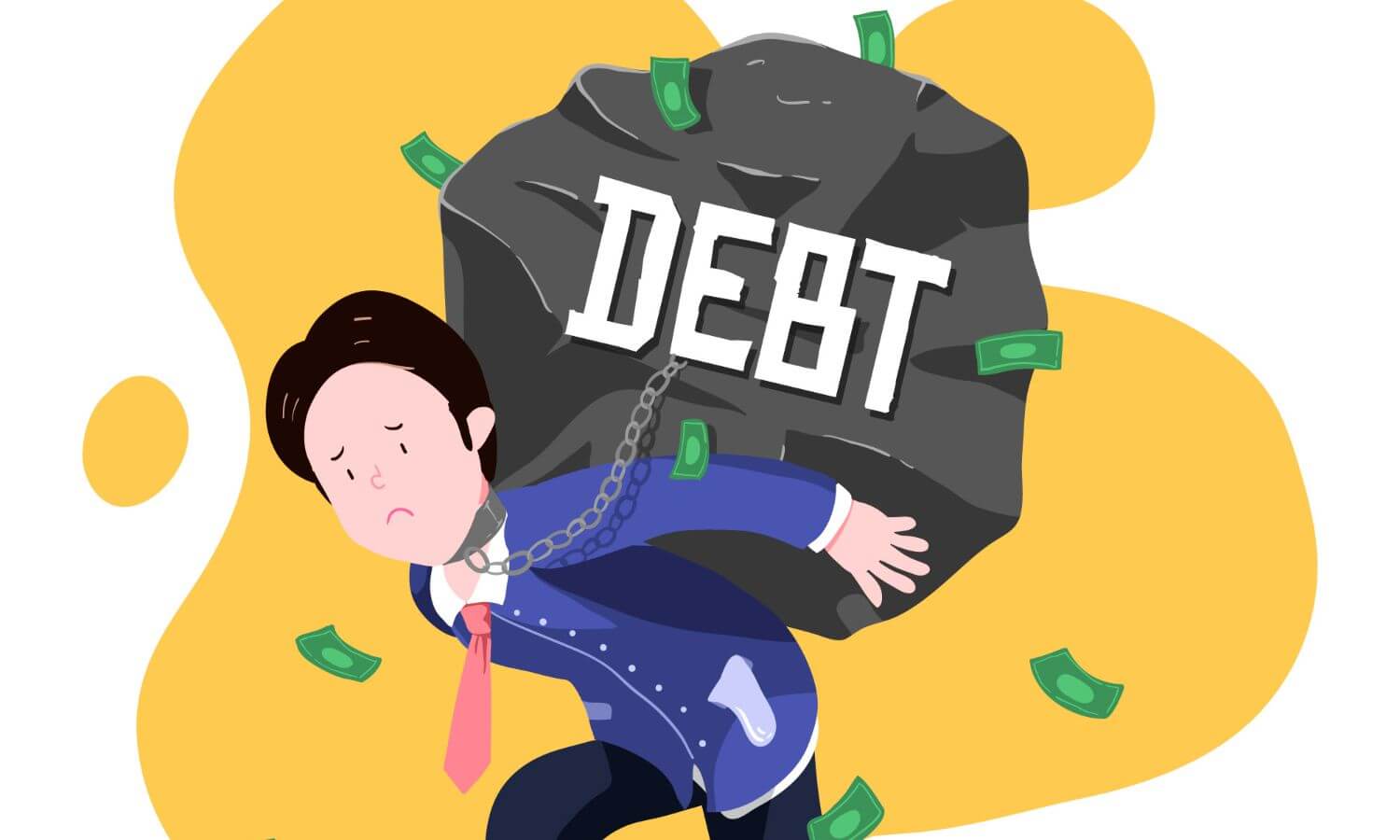Few historical episodes loom as large in the popular imagination of speculative excess as the Dutch tulip bubble of the 1630s. Tulipmania has become shorthand for irrational exuberance, a warning invoked whenever asset prices seem untethered from reality. Yet, as Austrian writers have long pointed out, the caricature of sober Dutch burghers mortgaging their estates for flowers is misleading.
Two apparently divergent interpretations have been offered within the Mises Institute orbit—Douglas French’s and my own—and as one commenter on Twitter recently put it, responding to myself: “Interesting and very confusing tbh Douglas French has extensive articles on mises.org regarding monetary expansion and the role of Duch [sic] central bank in this and you saying tgis [sic] is a myth. Not sure to whom to believe.”
In fact, rather than being mutually exclusive, these perspectives complement each other. Taken together, they explain both the long-term appreciation of rare bulbs and the short-lived frenzy in common varieties.
Douglas French: The Monetary Backdrop
Douglas French situates Tulipmania within the Austrian business cycle framework. In his view, tulip prices were not simply the product of irrational speculation but of monetary and financial distortions in 17th-century Holland.
The Dutch Republic was then Europe’s commercial hub, and Amsterdam in particular was awash in money and credit. The Bank of Amsterdam, the circulation of bills of exchange, and debased coinage all created abundant liquidity. French argues that this expansion fueled not only tulip prices but also broader asset inflation, from real estate to art.
In this telling, Tulipmania becomes an early instance of the same credit-driven boom-bust cycle that Austrians identify in later centuries. The steady appreciation of rare bulbs, the sudden explosion in prices during the few months from late 1635 to 1636, and the collapse that followed, all fit the pattern of credit distortions culminating in inevitable correction.
My Emphasis: Institutional Quirks
Where I differ is in cautioning against treating Tulipmania as the archetypal bubble. Drawing on recent scholarship, I emphasize that the tulip market was shaped by peculiar contractual arrangements. Most transactions were forward sales of bulbs still in the ground and, forward sales being illegal, these were engaged in outside the legal market; not only, then, were they legally unenforceable, but they were also cheap to enter into, only a small portion of the total value of any given contract being necessary to put down to open the contract.
This environment enabled traders to gamble on common bulbs, not the high-value bulbs that had been steadily increasing in value, with little financial commitment. As prices rose, contracts were renegotiated or abandoned, meaning that few positions were ever settled in full. Everyone involved in these “colleges” were required to bid, and, in a very short period of time—from December to February—prices shot up in the taverns where these new futures contracts in common tulip bulbs were traded. From a few pennies to hundreds of guilders, the value of the contracts being traded rapidly shot up. As the amount of money traders stood to lose so drastically increased, sentiment shifted and traders walked away from the unenforceable contracts, causing prices to rapidly collapse.
However, these had limited real economic impact and the Dutch economy carried on growing at a steady clip virtually until the wars with England that ultimately destroyed it.
From this perspective, Tulipmania was not a systemic credit bubble but a narrow, institution-specific phenomenon. Rare bulbs, such as the Semper Augustus, appreciated steadily for decades, before and after—reflecting genuine scarcity and elite demand—while the dramatic spike in ordinary bulbs during 1635-36 was a different story, driven by speculative contracts rather than enduring value.
Reconciling the Two Perspectives
French and I appear at first to offer competing narratives: one highlighting monetary expansion, the other institutional quirks. In fact, each addresses a different dimension of the episode.
French provides the broader backdrop: an economy awash in credit and liquidity, fertile ground for asset inflation of all sorts. Without this environment, the long-run appreciation of rare bulbs is hard to explain. Monetary expansion amplified consumer preferences, allowing elites to bid aggressively for scarce varieties.
My account explains the proximate trigger of the spectacular spike in common bulbs. Scarcity and status competition cannot account for the frenzy of 1635-36. Instead, the structure of forward contracts—low-cost, unenforceable, and easily abandoned—created conditions for a brief speculative mania, which collapsed without systemic consequences.
Taken together, the two perspectives yield a layered explanation: French shows why tulips could become valuable assets in the first place; I show why their prices briefly spiraled out of control.
A Layered Explanation
Long-term appreciation of rare bulbs: Scarcity, beauty, and social signaling drove steady price increases for decades. Loose monetary conditions enabled elites to sustain this demand.The short-lived mania in common bulbs: A contract structure detached from fundamentals enabled temporary price spikes, soon reversed with minimal fallout.The collapse: As contracts were voided, prices plunged, yet the wider Dutch economy absorbed the shock with little difficulty.
Lessons for Today
Interpretations of Tulipmania matter because the episode is often invoked as a cautionary tale. Seen through French’s lens alone, it exemplifies the Austrian business cycle: easy money fuels booms and busts. Through my lens alone, it appears more as a quirky historical footnote, relevant less as a systemic crisis than as an illustration of how institutional frameworks can generate localized manias.
Considered together, however, Tulipmania offers a richer lesson: not every asset boom is the same. Some are grounded in genuine demand, some are the product of fragile institutions, and some are distorted by easy money. The task for analysts and policymakers is to distinguish between them before the petals inevitably fall.



























